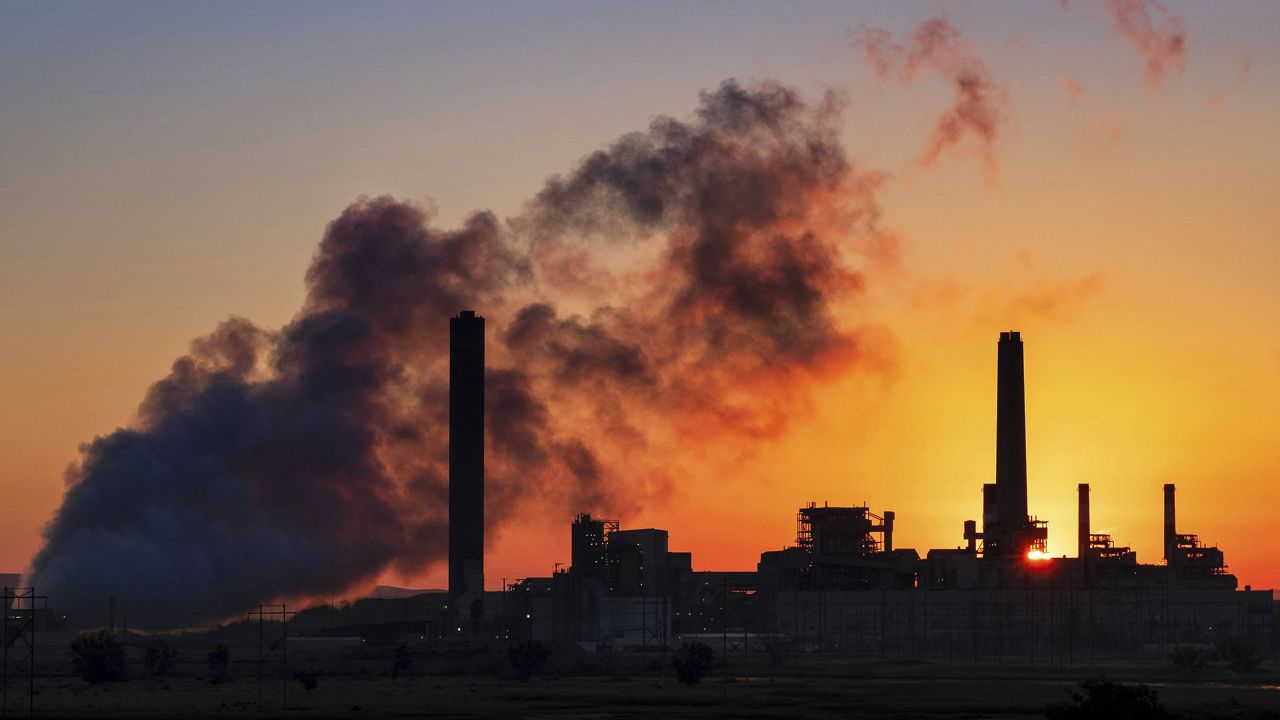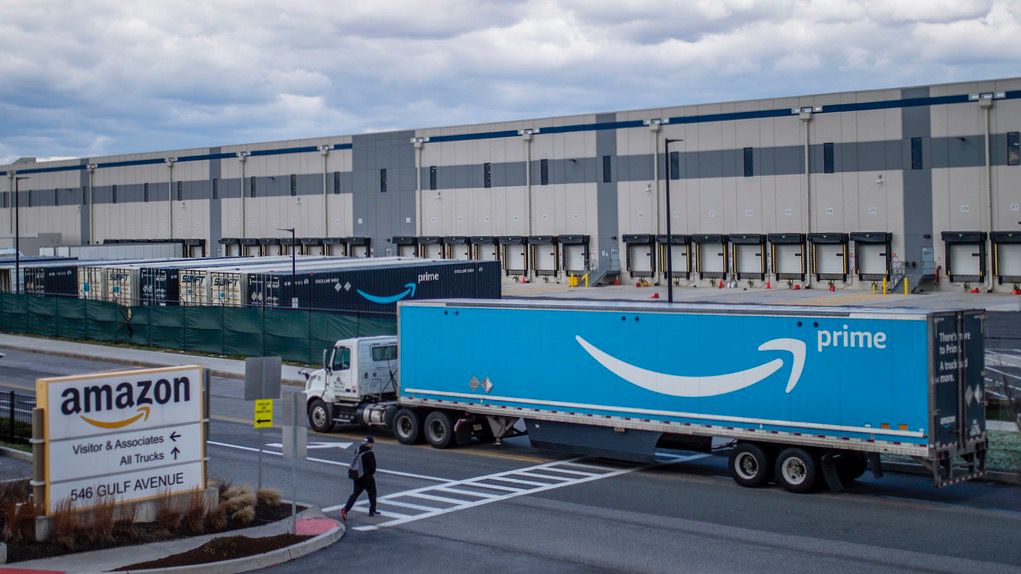The coronavirus pandemic has sent greenhouse gas emissions from U.S. businesses plummeting to their lowest level in nearly three decades, according to analysis from BloombergNEF, an energy research group.
What You Need To Know
- Greenhouse gases generated by the economy are projected to fall 9.2% compared to last year, according to analysis from BloombergNEF
- The emission of 5.9 billion metric tons is about the same level seen in 1983, when the U.S. economy was less than 40% its current size
- However, wildfires on the West Coast and in the Rocky Mountains offset some of the reduction, to 6.4%
- The reduction in emissions unintentionally puts the U.S. on track to meet the target goals of the 2015 Paris climate agreement from which President Trump removed the country
Greenhouse gases generated by the economy are projected to drop to 5.9 billion metric tons in 2020, down 9.2% compared to last year, the study says. That is about the same level seen in 1983, when the U.S. economy was less than 40% its current size.
That, however, is only part of the picture. The overall reduction of U.S. emissions is expected to be only 6.4% due to the wildfires that swept across the West Coast and Rocky Mountains this year, sending more carbon dioxide and other pollution into the atmosphere, according to the analysis.
The reduction in emissions unintentionally puts the U.S. on track to meet the target goals of the 2015 Paris climate agreement that President Donald Trump formally extracted the country from earlier this month.
That pact of nearly 190 countries aims to limit the increase in average temperatures worldwide to well below 3.6° Fahrenheit — ideally no more than 2.7° — compared to pre-industrial levels. The more ambitious of those goals would require a 7.6% reduction in greenhouse gas emissions every year between 2020 and 2030.
If it were not for the pandemic, the U.S. was only expected to see a 1% cut in emissions, the analysis said.
Scientists say that any rise beyond 3.6° will lead to irreversible damage to the planet that would fuel more deadly and catastrophic heatwaves, storms and pollution.
With life expected to return to something more closely resembling normal in 2021, emissions are likely to rise again, although the residual effects of the economic disruption could still mean a 5% drop compared to 2019, BloombergNEF analysts said.
U.S. governments, businesses and residents must act to save the planet, study co-author Thomas Rowlands-Rees, the organization’s head of North American analysis, tweeted.
"While on the one hand a 9% drop in one year is huge, it still leaves a long way to go to address climate concerns," Rowlands-Rees tweeted.
The study noted that the 11% year-over-year drop in the power sector was not entirely attributable to less consumption related to the pandemic, but also a move toward more gas and away from coal, more renewable generation and greater efficiency. The sector has been trending downward for the past 12 years, BloombergNEF said.
The biggest reduction in emissions came from the transportation sector, which saw a 14% fall from 2019. That is due in large part to steep drops in air travel and automobile trips as more Americans have worked from home, the analysis said.
President-elect Joe Biden has said he plans to reenter the Paris accord immediately after taking office. He also campaigned on a promise to put the U.S. on a path to achieve net-zero emissions by no later than 2050.










